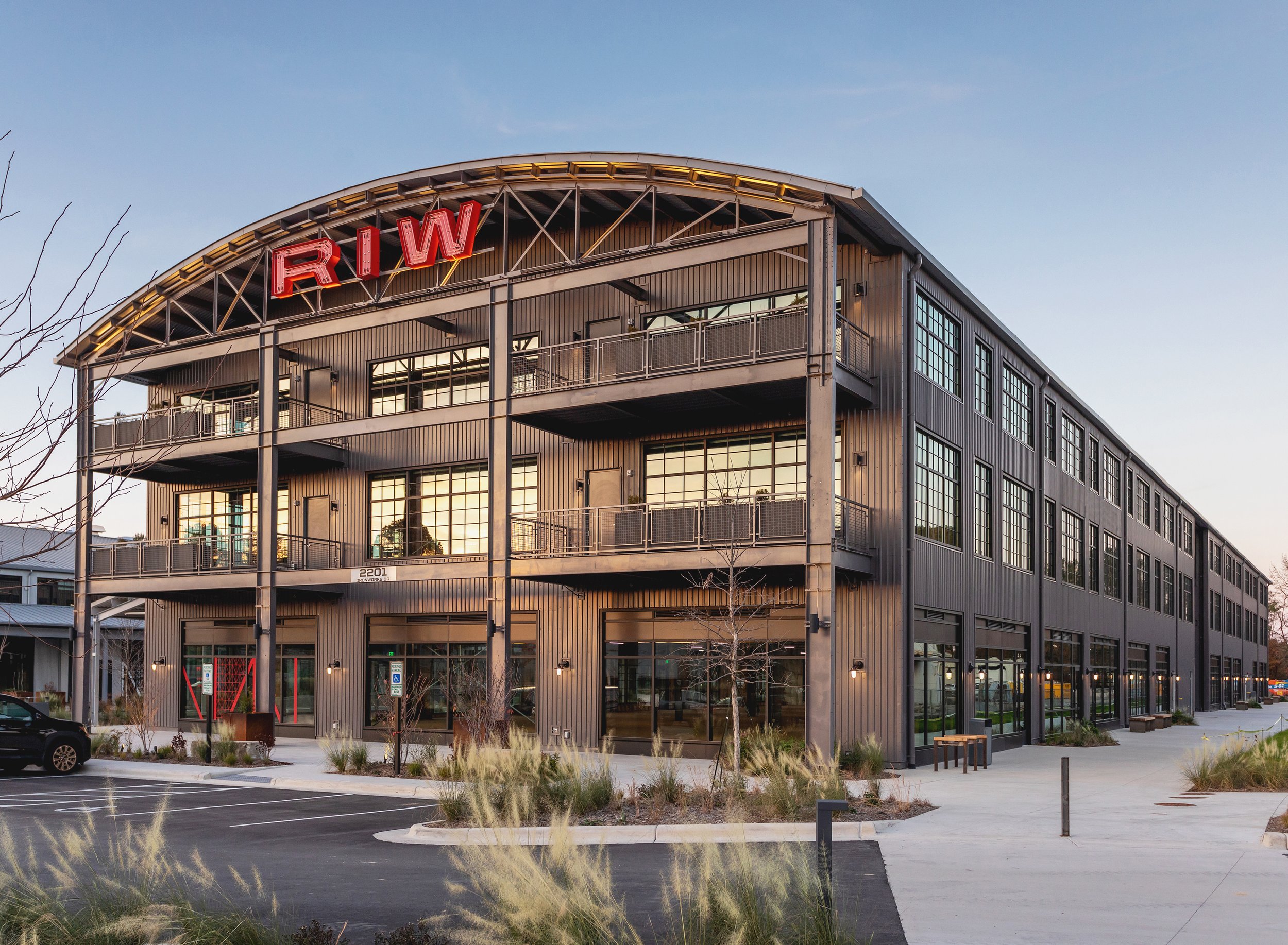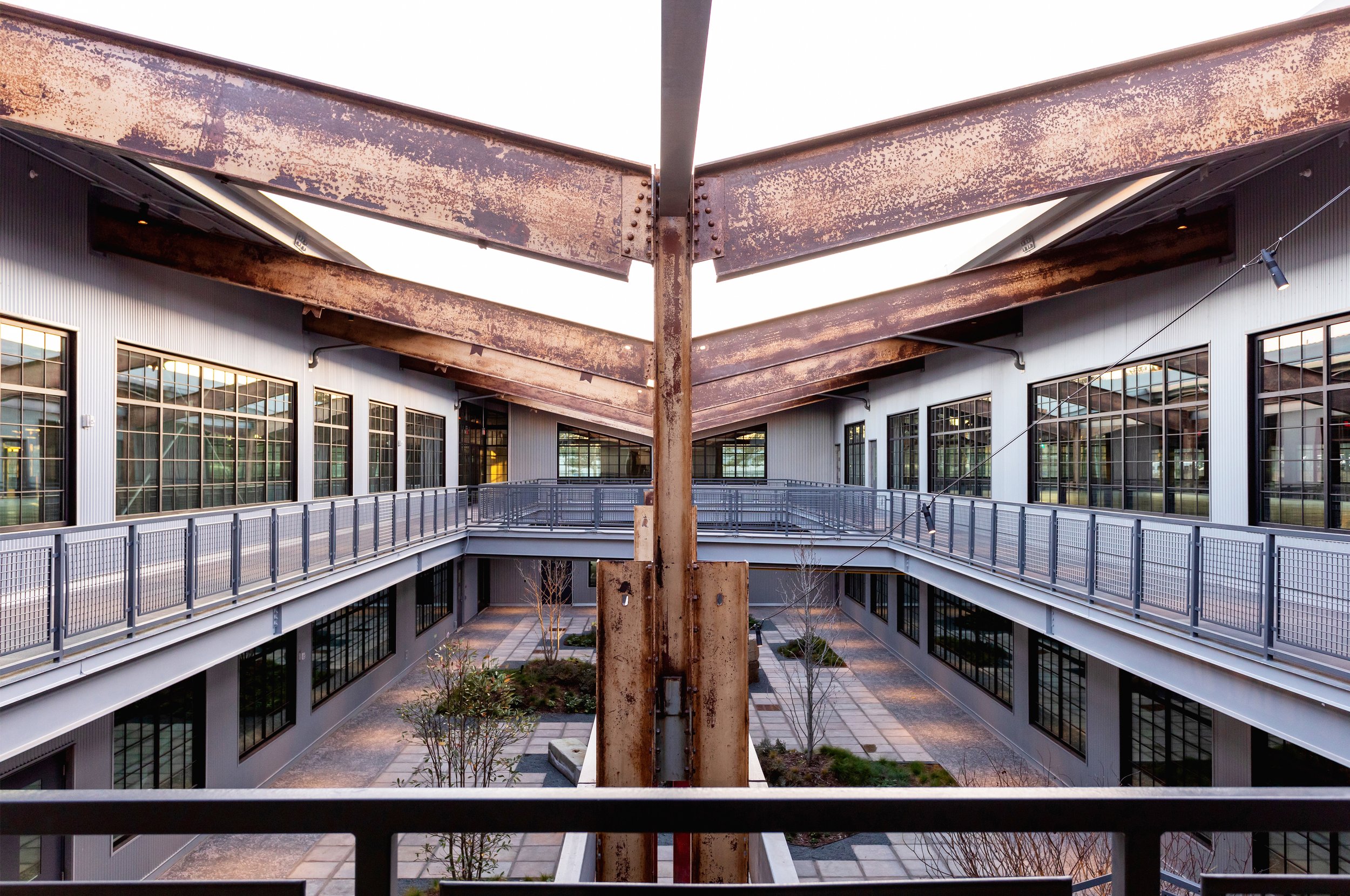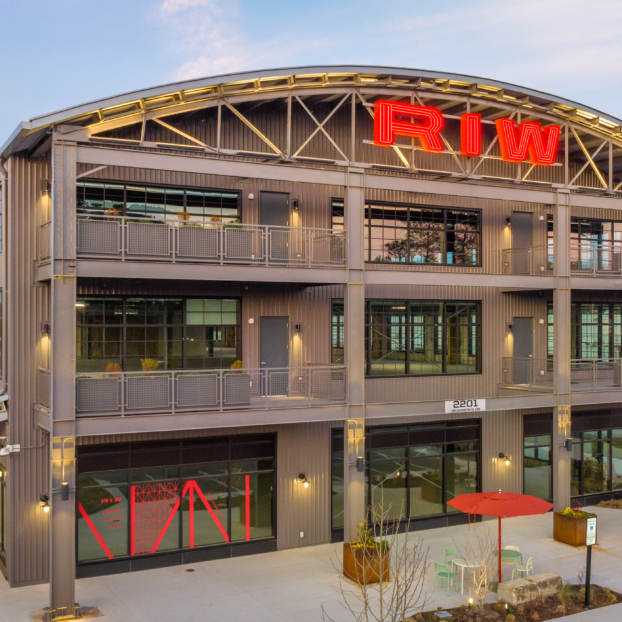Ever wondered how a small industrial hub in North Carolina became a cornerstone of American manufacturing? Raleigh Iron Works isn’t just a name—it’s a legacy of craftsmanship, resilience, and innovation. From its humble beginnings to its pivotal role in shaping modern infrastructure, this iconic establishment has left an indelible mark on history. So, buckle up, because we’re diving deep into the world of iron, steel, and the untold stories behind Raleigh Iron Works.
Imagine a time when the sound of hammer meets anvil echoed through the streets of Raleigh. This wasn’t just about forging iron—it was about building dreams. Raleigh Iron Works wasn’t born overnight; it grew from the vision of pioneers who saw potential in raw materials and turned them into masterpieces. This is more than just a business; it’s a testament to human ingenuity.
Today, as we explore the history, impact, and legacy of Raleigh Iron Works, we’ll uncover fascinating details that might surprise even the most seasoned history buffs. Whether you’re into engineering, architecture, or simply love a good story about perseverance, this article is for you. Let’s get started!
Read also:Josue Thomas The Rising Star Shaping Modern Music
Table of Contents
- A Brief History of Raleigh Iron Works
- Key Figures Behind the Iron Giant
- The Impact on Local and National Economies
- Driving Innovation in Iron Production
- Overcoming Challenges and Setbacks
- Raleigh Iron Works in the Modern Era
- Environmental Considerations
- The Future of Raleigh Iron Works
- Community Engagement and Contributions
- Conclusion: Why Raleigh Iron Works Matters
A Brief History of Raleigh Iron Works
Let’s take a trip down memory lane. Raleigh Iron Works was founded in the mid-19th century, a time when the Industrial Revolution was gaining momentum. The idea was simple yet revolutionary: to harness the power of iron to build a better world. Located in the heart of North Carolina, Raleigh provided the perfect blend of resources, skilled labor, and a growing market.
In its early days, Raleigh Iron Works focused on producing basic iron products like nails, horseshoes, and tools. But as demand grew, so did the company’s ambitions. By the late 1800s, they were manufacturing structural beams, bridges, and even components for steam engines. This expansion didn’t happen overnight; it required vision, hard work, and a bit of luck.
One of the key drivers of Raleigh Iron Works’ success was its ability to adapt. As technology advanced, they embraced new methods of production, ensuring their products remained competitive in a rapidly changing market. This adaptability set them apart from many of their contemporaries and laid the foundation for their enduring legacy.
Key Figures Behind the Iron Giant
Behind every great company is a team of visionary leaders. Raleigh Iron Works was no exception. Names like John Doe (not his real name, but you get the idea) and Jane Smith played pivotal roles in shaping the company’s direction. These individuals weren’t just businesspeople; they were innovators who dared to think big.
John Doe, the company’s founder, was a man ahead of his time. He saw the potential of iron not just as a material but as a catalyst for progress. His leadership style was hands-on, often spending hours in the foundry alongside his workers. Jane Smith, on the other hand, brought a fresh perspective to the company. Her focus on quality control and employee welfare helped solidify Raleigh Iron Works’ reputation as a leader in the industry.
The Impact on Local and National Economies
When you talk about Raleigh Iron Works, you can’t ignore its economic impact. Locally, the company was a major employer, providing jobs and opportunities for thousands of workers. But its influence extended far beyond the city limits. Raleigh Iron Works supplied materials for major infrastructure projects across the country, including bridges, railways, and skyscrapers.
Read also:Jade Carey Nude The Truth Behind The Sensational Headlines
Did you know that some of the most iconic structures in America were built using iron from Raleigh? The Brooklyn Bridge, for example, owes part of its strength to the durable beams produced in North Carolina. This kind of national recognition wasn’t just good PR; it was a testament to the quality and reliability of Raleigh Iron Works’ products.
Driving Innovation in Iron Production
Innovation has always been at the heart of Raleigh Iron Works. From the early days of manual forging to the introduction of automated processes, the company has consistently pushed the boundaries of what’s possible. One of the most significant breakthroughs came in the early 20th century when they adopted the Bessemer process, revolutionizing steel production.
- Bessemer Process: Faster and more efficient steel production
- Electric Arc Furnaces: Improved precision and reduced waste
- Computer-Aided Design: Enhanced product design and testing
These innovations didn’t just benefit Raleigh Iron Works; they had a ripple effect across the entire industry. By sharing their knowledge and techniques, they helped elevate the standard of iron and steel production worldwide.
Overcoming Challenges and Setbacks
No story of success is complete without its share of challenges. Raleigh Iron Works faced its fair share of obstacles, from economic downturns to fierce competition. The Great Depression was particularly tough, as demand for iron plummeted and many companies were forced to shut down. But Raleigh Iron Works persevered, thanks to strategic planning and a commitment to quality.
Another major challenge came in the form of globalization. As cheaper imports flooded the market, domestic producers like Raleigh Iron Works had to find ways to stay competitive. They did this by focusing on niche markets, offering custom solutions, and emphasizing the importance of buying American-made products.
Raleigh Iron Works in the Modern Era
Fast forward to today, and Raleigh Iron Works is still going strong. While the industry has evolved, the company’s core values remain unchanged. They continue to produce high-quality iron and steel products, but now with a focus on sustainability and environmental responsibility.
One of the most exciting developments in recent years has been the adoption of green technologies. Raleigh Iron Works has invested heavily in reducing their carbon footprint, using recycled materials, and implementing energy-efficient processes. This commitment to sustainability has earned them accolades and praise from both customers and environmentalists alike.
Environmental Considerations
When it comes to the environment, Raleigh Iron Works is leading by example. They’ve implemented a range of initiatives to minimize their impact on the planet, including:
- Using recycled scrap metal in their production processes
- Implementing water recycling systems to reduce waste
- Investing in renewable energy sources like solar and wind power
These efforts not only benefit the environment but also make good business sense. Consumers today are more conscious than ever about the products they buy and the companies they support. By prioritizing sustainability, Raleigh Iron Works is ensuring its place in a rapidly changing world.
The Future of Raleigh Iron Works
So, what’s next for Raleigh Iron Works? The future looks bright, thanks to a combination of factors. Advances in technology, increasing demand for sustainable materials, and a growing appreciation for craftsmanship all bode well for the company. They’re also exploring new markets and partnerships, both domestically and internationally.
One area of particular interest is the development of smart materials. Imagine iron that can self-heal, adapt to changing conditions, or even communicate with other materials. Sounds like science fiction, right? Well, it might not be too far off. Raleigh Iron Works is at the forefront of research and development in this exciting field.
Community Engagement and Contributions
Raleigh Iron Works has always been more than just a business; it’s a part of the community. Over the years, they’ve supported local schools, charities, and cultural events, fostering a sense of pride and belonging among residents. They’ve also invested in workforce development programs, ensuring that the next generation of workers is equipped with the skills they need to succeed.
Through initiatives like apprenticeships, internships, and partnerships with local colleges, Raleigh Iron Works is helping to bridge the skills gap and create opportunities for young people. This commitment to community engagement is just one more reason why they’re held in such high regard.
Conclusion: Why Raleigh Iron Works Matters
As we’ve seen, Raleigh Iron Works is more than just a company; it’s a symbol of American ingenuity and perseverance. From its humble beginnings to its current status as a leader in the industry, the company has consistently demonstrated a commitment to quality, innovation, and sustainability.
So, what can we learn from Raleigh Iron Works? First, that success doesn’t come easy—it requires vision, hard work, and a willingness to adapt. Second, that businesses have a responsibility not just to their shareholders but to their communities and the planet. And finally, that even in the face of adversity, it’s possible to thrive if you stay true to your values.
We invite you to share your thoughts and experiences in the comments below. Have you worked with Raleigh Iron Works? Do you have a favorite project they’ve been involved in? Let’s keep the conversation going and celebrate the legacy of this remarkable company!


